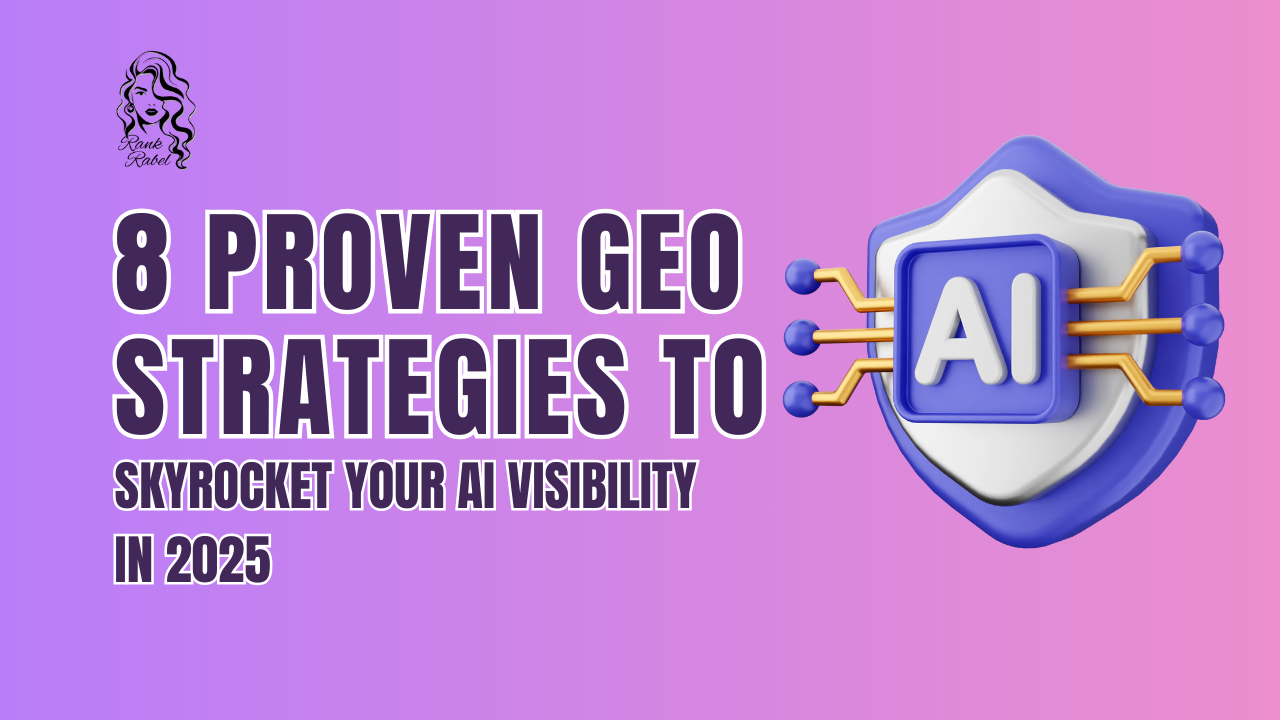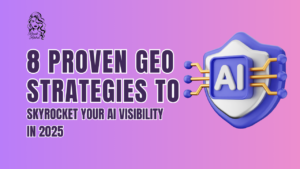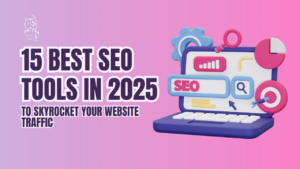Search has changed.
People aren’t just typing on Google anymore — they’re asking ChatGPT, Gemini, and other AI engines for answers.
Now the big question is: when someone asks AI about your service or industry, will your business show up in the response?
That’s where Generative Engine Optimization (GEO) comes in. It’s the next big shift, and if you want visibility in 2025, you need to understand it.
Hey Posse, Renu Here!
In the past few months, I’ve had endless conversations with clients asking:
“Renu, how do AI rankings work? And how do we make sure AI recommends our business?”
The answer is simple: by applying GEO strategies.
And today, I’ll share 8 proven ways you can use Generative Engine Optimization in 2025 to boost your visibility and make sure AI puts you in the spotlight.
1. Understand How AI Rankings Work
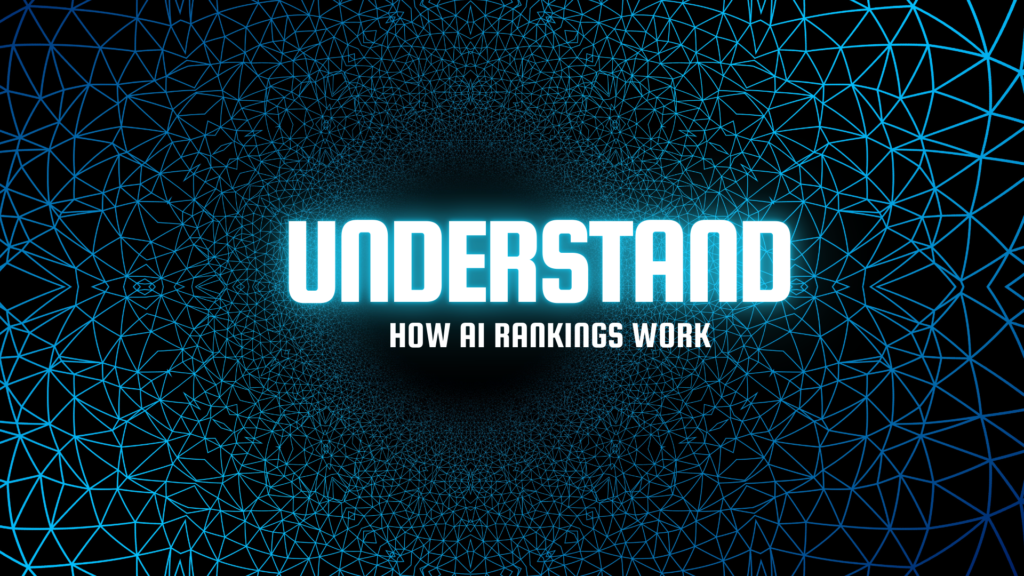
Before you optimize, you need to know the rules.
AI engines don’t show a list of links like Google. Instead, they generate one clear answer. That answer is built from content they trust.
If you want to learn how AI rankings work, here’s what matters most:
- Does your content directly answer the question?
- Is it structured clearly so AI can pick it up?
- Does your brand have enough authority for AI to trust it?
When you understand this, you know exactly how to improve AI rankings for your business.
2. Shift from SEO to GEO
Traditional SEO is still important, but Generative Engine Optimization in 2025 takes it further.
It’s not just about keywords anymore — it’s about clarity, trust, and relevance.
Ask yourself:
- Am I writing answers in a way AI can summarize?
- Am I creating content that feels conversational and natural?
- Am I building enough credibility for AI to cite me?
This is where GEO strategies separate winners from losers.
3. Structure Content AI Can Easily Use
AI engines love structured content.
That means:
- Clear H2 and H3 headings
- Numbered or step-by-step guides
- FAQ-style answers
When your content is easy to scan, AI finds it easy to reuse. If you’re looking at how to improve AI rankings, this is one of the simplest but most effective steps.
4. Build Authority That AI Can’t Ignore
AI doesn’t just look at what you write — it looks at who you are.
That’s why authority matters. Build it through:
- Getting backlinks from trusted sites
- Sharing case studies and success stories
- Publishing consistent, high-quality content
When you’re recognized as a credible voice, AI engines naturally pull your content into answers.
5. Predict Questions Before They’re Asked

The smartest brands don’t wait for today’s trends — they prepare for tomorrow’s.
Think about what people will ask next:
- “What is Generative Engine Optimization in 2025 and why is it different from SEO?”
- “How AI rankings work for small businesses?”
- “Which GEO strategies are most effective for startups?”
If you publish this kind of forward-looking content now, AI will see you as the first reliable source.
6. Use Long-Tail, Conversational Keywords
AI engines are built to understand human conversations.
Instead of targeting short, robotic keywords, use full questions.
❌ Old SEO: GEO strategies
✅ GEO-friendly: What are the best GEO strategies to improve AI rankings in 2025?
This simple shift aligns your content with the way people actually interact with AI.
7. Make Content Human Through Storytelling
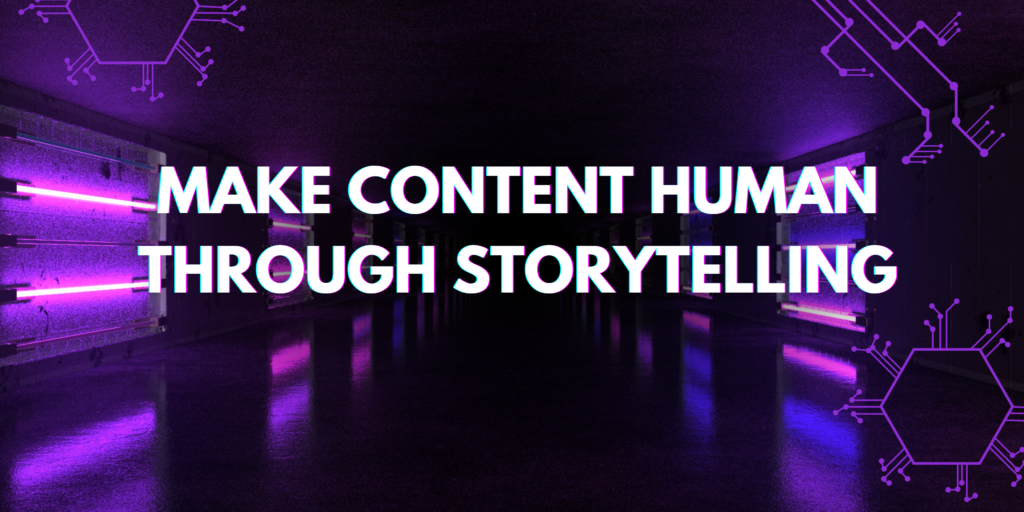
Here’s the irony: we’re optimizing for AI, but humans still decide whether your content is trustworthy.
That’s why storytelling matters. Share real examples, explain with simple words, and write like you’re talking to a friend.
When people connect with your content, AI engines see the engagement — and start trusting you even more.
8. Keep Monitoring and Adapting
What works in January 2025 may not work by December.
That’s why GEO is not a one-time setup — it’s a process.
Keep checking:
- Which of your blogs are cited by AI engines
- What type of answers AI prefers to show
- Where you’re missing out on visibility
The brands that win are the ones that adapt quickly.
Final Thoughts
The game has changed. Google is no longer the only gatekeeper of visibility. AI engines are now deciding which businesses get seen.
By applying the right GEO strategies, understanding how AI rankings work, and consistently improving how to improve AI rankings, you’ll make sure your business doesn’t just stay relevant — it stays ahead.
At Rank Rabel, we’re already helping businesses shift from SEO to GEO so they can own their space inside AI answers. Because in 2025, it’s not enough to be searchable — you need to be recommendable.
FAQs
Q. What is Generative Engine Optimization or GEO?
Generative Engine Optimization (GEO) is the process of optimizing content so AI engines like ChatGPT and Gemini can pick it up in their responses.
Q. Is GEO replacing SEO?
GEO is not replacing SEO. SEO is still important for Google, while GEO focuses on visibility inside AI-generated answers.
Q. What is the difference between SEO and GEO?
SEO is about ranking on search engines, while GEO helps your content appear in AI-generated results. Both work together for visibility.
Q. Is GEO better than SEO?
GEO is not better than SEO but complements it. SEO drives search traffic, and GEO builds presence in AI answers.
Q. How to rank for GEO?
To rank for GEO, write clear answers, use long-tail questions, and build authority so AI engines trust and display your content.

